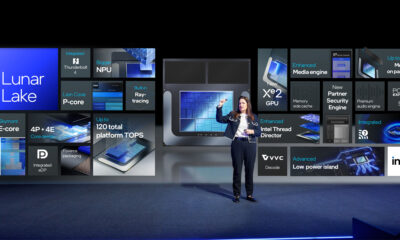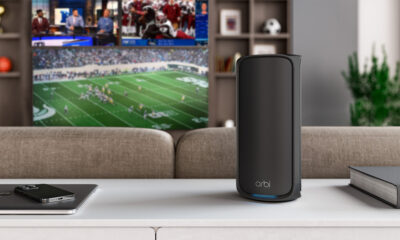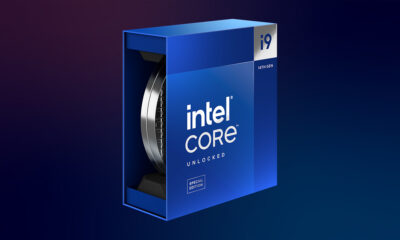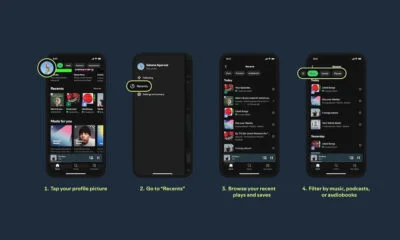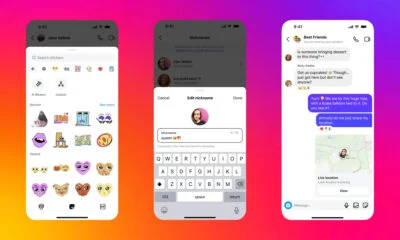News
Intel And Broadcom Show Off Super-Fast Wi-Fi 7 Technology
The two tech giants demonstrated the speed and stability of the incoming new Wi-Fi standard in a showcase event in Santa Clara, California.
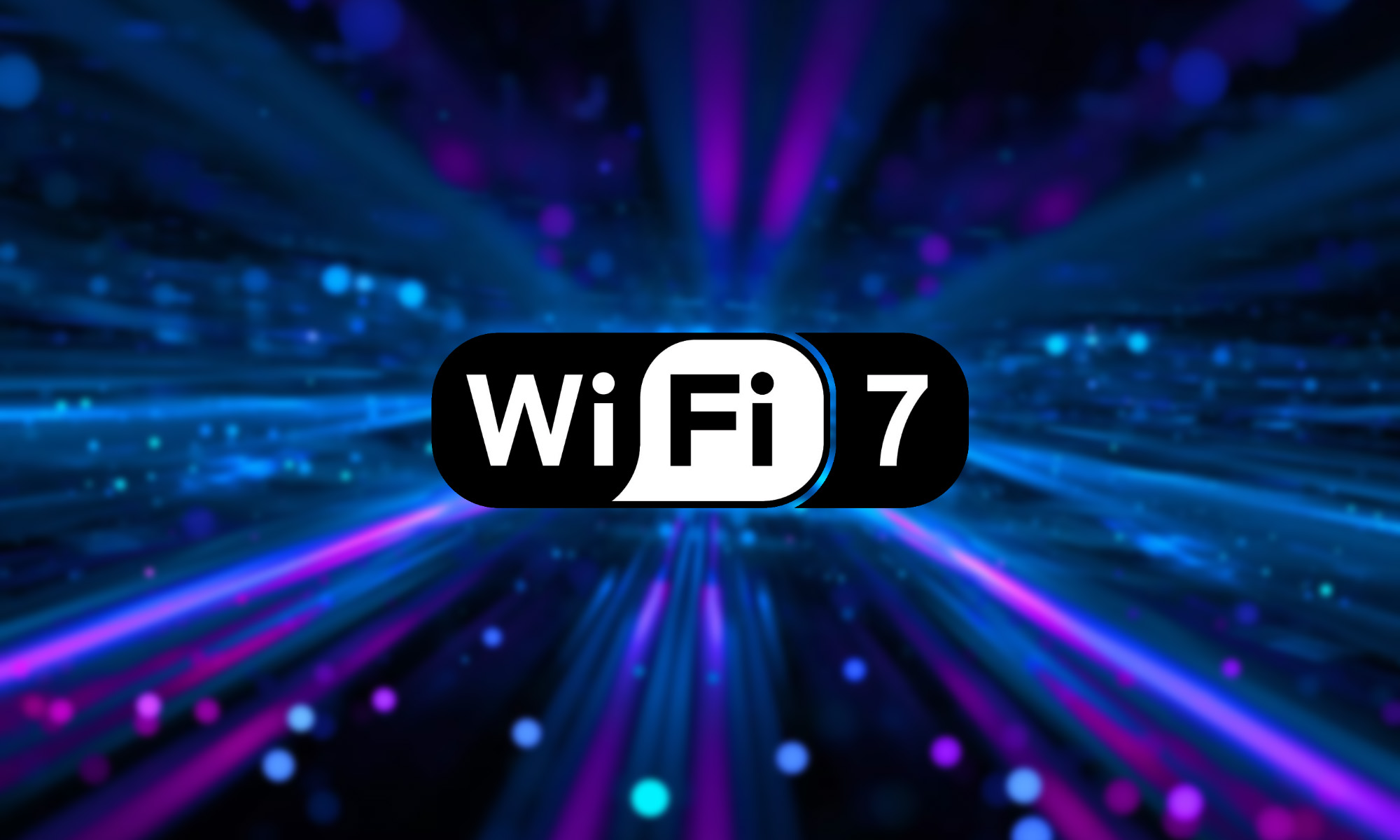
Although overshadowed by the announcement of Queen Elizabeth II’s death, the Intel Corporation and Broadcom yesterday quietly ushered in a huge milestone in tech with a demonstration of the first cross-company Wi-Fi 7 implementation.
The collaboration showcased consistent Wi-Fi speeds of over 5 gigabits per second (5Gbps), using an Intel Core laptop connected to a Broadcom access point.
“We are proud to highlight how next-generation Wi-Fi 7 can make new mobile PC experiences possible. Industry collaboration is essential to ensure we deliver on the promises of this new wireless technology. We would like to thank our colleagues at Broadcom for their great technical cooperation, which helped enable this unprecedented, first-of-its-kind demonstration of ultra-high speed and ultra-low latency Wi-Fi 7,” says Carlos Cordeiro, Intel Fellow and Wireless CTO, Client Computing Group, Intel.
Wi-Fi 7 will be the gold standard for at least 10 years of product releases, offering high speeds, increased stability, and low latency compared to existing solutions. For technology fans wanting more details, Wi-Fi 7 will feature wider 320 MHz channels in the 6GHz spectrum, higher order 4K QAM modulation, and improved channel utilization.
“Today’s milestone sends a clear message: the ecosystem is ready, and Wi-Fi 7 is here to deliver extraordinary capacity and blazing fast speeds to extend gigabit broadband. The reliable, low latency communication provided by Wi-Fi 7 is a key element of Broadcom’s vision for connecting everything as the Internet evolves to its next iteration,” says Vijay Nagarajan, vice president, Wireless Connectivity Division, Broadcom.
Also Read: How To Change Your Wi-Fi Password To Keep Intruders At Bay
For those less concerned about the details and more interested in future applications, the new Wi-Fi standard will almost certainly be put to work in augmented and virtual reality settings, enabling fast and steady streaming of ultra-high-definition 16K video.
As our homes become increasingly connected and more devices rely on wireless signals, gamers and work-from-home employees alike will benefit from massive speed increases, while regular multimedia users will benefit from stable streams and better utilization of high-speed broadband and fiber internet services.
News
Samsung Smart Glasses Teased For January, Software Reveal Imminent
According to Korean sources, the new wearable will launch alongside the Galaxy S25, with the accompanying software platform unveiled this December.
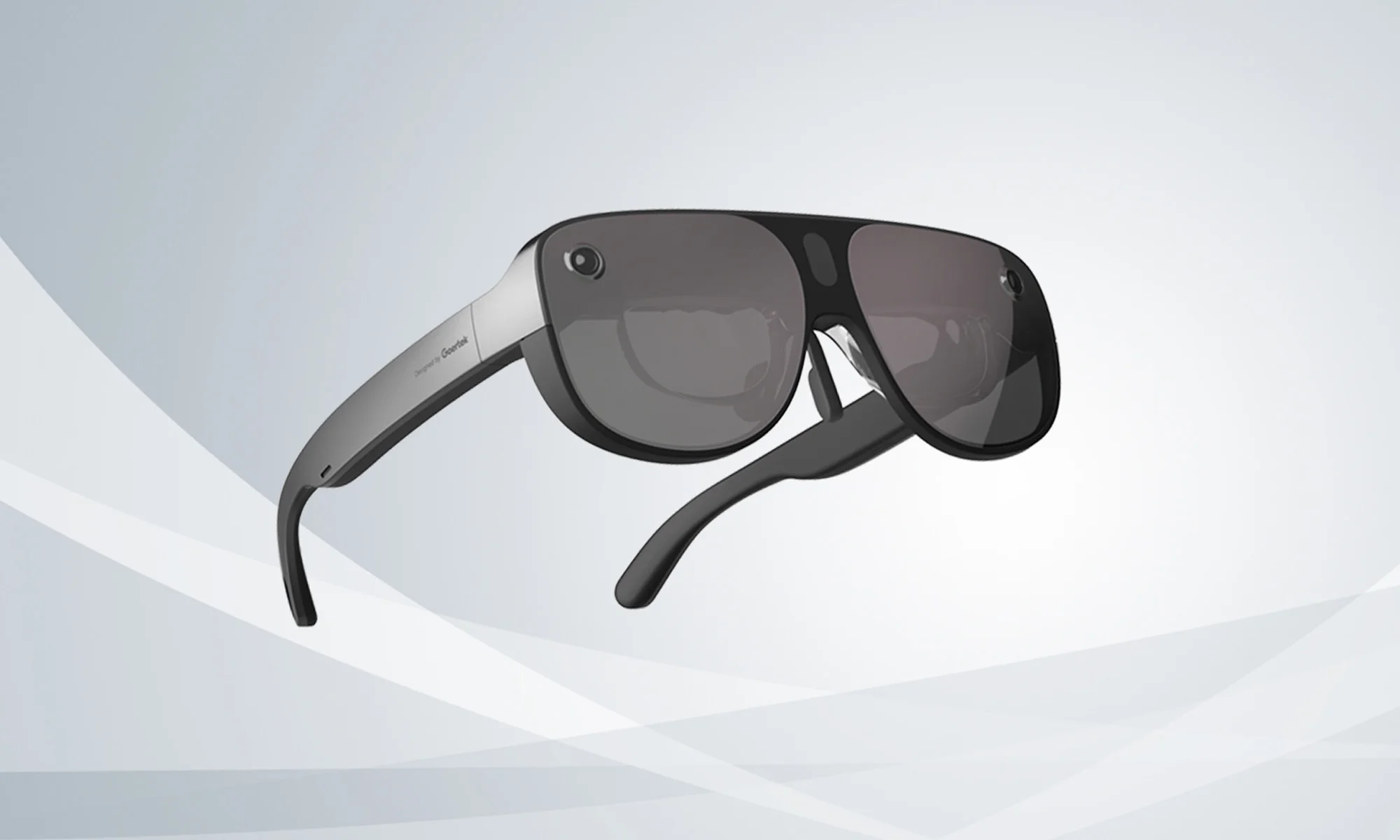
Samsung appears poised to introduce its highly anticipated smart glasses in January 2025, alongside the launch of the Galaxy S25. According to sources in Korea, the company will first reveal the accompanying software platform later this month.
As per a report from Yonhap News, Samsung’s unveiling strategy for the smart glasses echoes its approach with the Galaxy Ring earlier this year. The January showcase won’t constitute a full product launch but will likely feature teaser visuals at the Galaxy S25 event. A more detailed rollout could follow in subsequent months.
Just in: Samsung is set to unveil a prototype of its augmented reality (AR) glasses, currently in development, during the Galaxy S25 Unpacked event early next year, likely in the form of videos or images.
Additionally, prior to revealing the prototype, Samsung plans to introduce…
— Jukanlosreve (@Jukanlosreve) December 3, 2024
The Galaxy Ring, for example, debuted in January via a short presentation during Samsung’s Unpacked event. The full product unveiling came later at MWC in February, and the final release followed in July. Samsung seems to be adopting a similar phased approach with its smart glasses, which are expected to hit the market in the third quarter of 2025.
A Collaborative Software Effort
Samsung’s partnership with Google has played a key role in developing the smart glasses’ software. This collaboration was first announced in February 2023, with the device set to run on an Android-based platform. In July, the companies reiterated their plans to deliver an extended reality (XR) platform by the end of the year. The software specifics for the XR device are expected to be unveiled before the end of December.
Reports suggest that the smart glasses will resemble Ray-Ban Meta smart glasses in functionality. They won’t include a display but will weigh approximately 50 grams, emphasizing a lightweight, user-friendly design.
Feature Set And Compatibility
The glasses are rumored to integrate Google’s Gemini technology, alongside features like gesture recognition and potential payment capabilities. Samsung aims to create a seamless user experience by integrating the glasses with its broader Galaxy ecosystem, starting with the Galaxy S25, slated for release on January 22.


